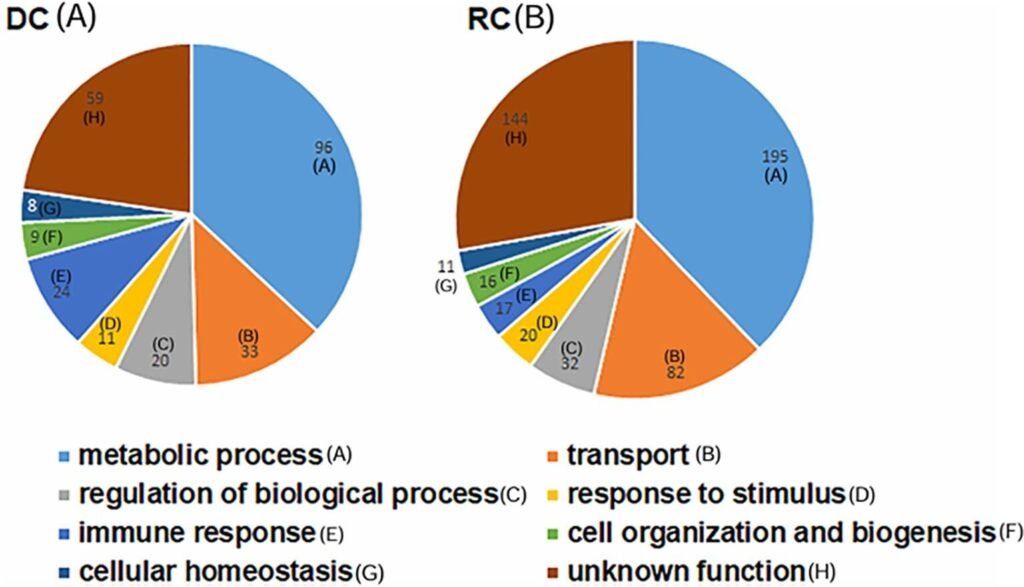Tick season is upon us, and with it comes the threat of a deadly bacterium spread by the lone star tick. University of Missouri researcher Roman Ganta is at the forefront of the battle against Ehrlichia chaffeensis, the bacterium responsible for human monocytic ehrlichiosis (HME). This disease poses a significant challenge as the bacterium has the potential to evolve and develop resistance to the current antibiotic used for treatment.
Ganta, a Curators’ Distinguished Professor at Mizzou’s College of Veterinary Medicine and researcher at Bond Life Sciences Center, is spearheading efforts to understand how Ehrlichia chaffeensis survives and spreads. His recent study, published in Frontiers in Cellular and Infection Microbiology, sheds light on the different forms of the bacterium and how they function.
By comparing the infectious and replicating forms of Ehrlichia chaffeensis, Ganta discovered that the growth stage, where the bacterium rapidly replicates inside its host, has nearly twice as many proteins as the infectious stage. This insight provides valuable information on the vulnerabilities of the bacterium that can be targeted for the development of new treatments.
Ganta’s research not only benefits those affected by HME but also enhances our understanding of other tick-borne diseases such as bovine anaplasmosis and Rocky Mountain spotted fever. As lone star ticks continue to spread in Missouri and beyond, the urgency to find effective treatments grows.
The collaborative efforts at Mizzou are crucial in the fight against tick-borne diseases. With state-of-the-art facilities, interdisciplinary teams, and support from administrators, researchers like Ganta are making a difference in public and animal health.
The study by Ganta and his team is a significant step towards identifying new protein targets in Ehrlichia chaffeensis for future treatments. As the threat of tick-borne diseases looms large, research efforts like these are essential in safeguarding the health and well-being of individuals at risk.
For more information on the study, you can refer to the publication in Frontiers in Cellular and Infection Microbiology (DOI: 10.3389/fcimb.2025.1463479). The University of Missouri continues to lead the way in groundbreaking research that has the potential to make a lasting impact on public health.
This article was written based on the original content published by University of Missouri and is intended to provide valuable insights into the ongoing research on tick-borne diseases.


